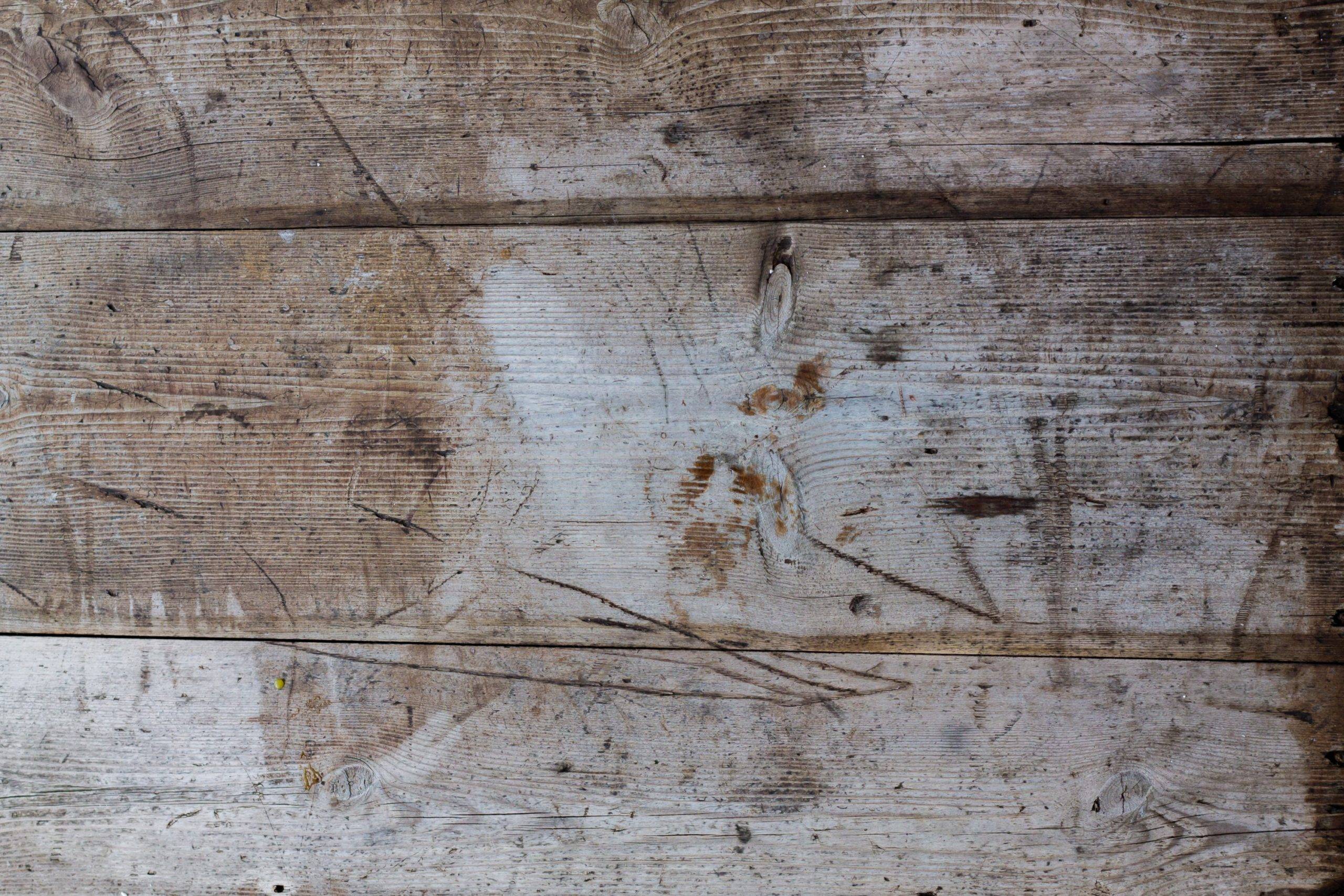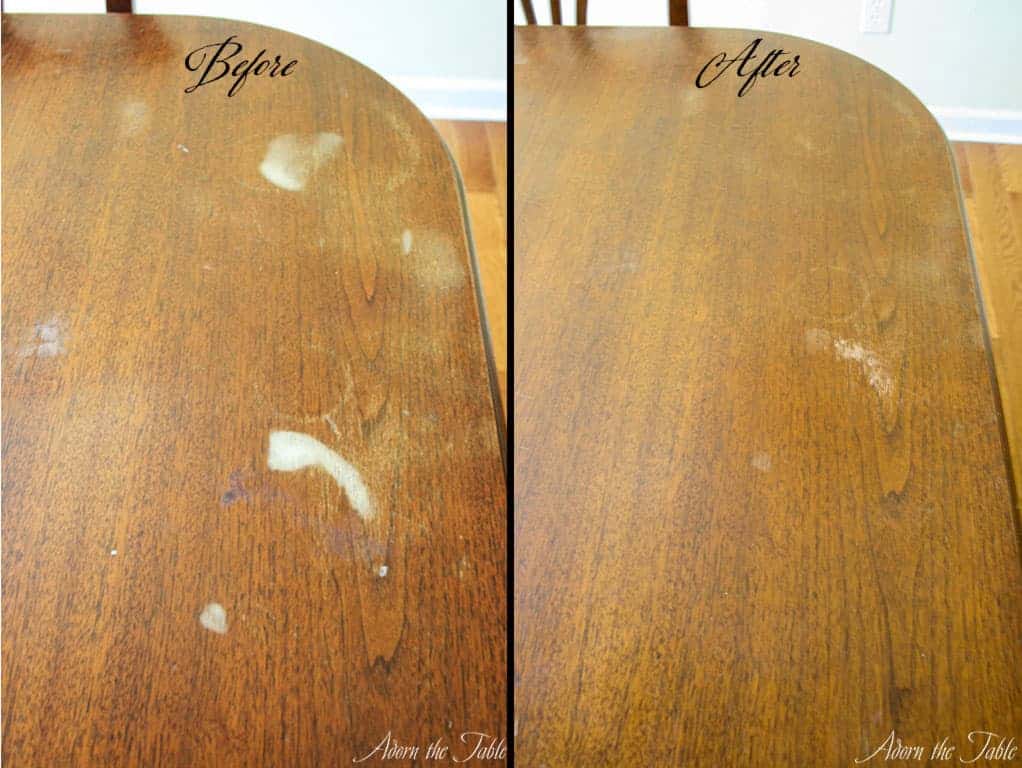Causes of White Spots on Wood Cabinets

White spots on wood cabinets can be an unsightly problem, detracting from the overall appearance of your kitchen or bathroom. These spots can appear as a result of various factors, often related to moisture, mineral deposits, or paint defects. Understanding the root cause is crucial for effective treatment and prevention.
Moisture Damage
Moisture can cause white spots on wood cabinets in several ways. The most common cause is water damage, which can occur due to spills, leaks, or high humidity. Water penetrates the wood, causing it to swell and warp. As the water evaporates, it leaves behind mineral deposits that appear as white spots.
Water damage can be particularly problematic in kitchens and bathrooms, where spills and leaks are more common.
Here are some specific situations where moisture damage might occur:
- A leaky faucet or pipe can cause water to seep into the cabinet, leading to moisture damage and white spots.
- Spills from cooking or cleaning can also penetrate the wood and cause white spots, especially if not cleaned up promptly.
- High humidity levels, particularly in bathrooms, can contribute to moisture damage and white spots.
Mineral Deposits
Mineral deposits can also cause white spots on wood cabinets. These deposits form when hard water, containing minerals like calcium and magnesium, evaporates on the surface of the wood. The minerals crystallize and leave behind white spots.
Mineral deposits are more common in areas with hard water.
Here are some examples of situations where mineral deposits might occur:
- Water droplets from a leaky faucet or pipe can evaporate on the surface of the wood, leaving behind mineral deposits.
- High humidity levels can cause condensation on the surface of the wood, leading to mineral deposits.
- Spills from cleaning products containing hard water can leave behind mineral deposits.
Paint Defects
White spots can also be caused by paint defects. These defects can occur during the painting process, such as uneven application or improper drying. They can also be caused by aging or exposure to sunlight.
Paint defects are often characterized by a chalky or powdery appearance.
Here are some examples of situations where paint defects might occur:
- Uneven application of paint can lead to areas where the paint is thinner and more susceptible to moisture damage.
- Improper drying of the paint can cause the paint to become brittle and crack, leading to white spots.
- Exposure to sunlight can cause the paint to fade and become chalky, leading to white spots.
Distinguishing Between Moisture Damage and Mineral Deposits, White spots on wood cabinets
White spots caused by moisture damage often appear as a result of the wood warping or swelling. The spots may be accompanied by other signs of damage, such as discoloration or cracking. In contrast, white spots caused by mineral deposits typically appear as a powdery residue on the surface of the wood. They may be more evenly distributed and less likely to be accompanied by other signs of damage.
Identifying the Cause

White spots on wood cabinets – Before you can tackle those pesky white spots, you need to understand what’s causing them. Armed with this knowledge, you can choose the right approach to remove them and prevent them from returning. The key is to carefully observe the white spots and consider the surrounding environment.
Visual Inspection of White Spots
The first step is to closely examine the white spots. This will help you narrow down the potential causes. Pay attention to the following:
- Appearance: Are the spots powdery, shiny, or dull? Are they uniform in size and shape, or irregular?
- Texture: Are the spots smooth or rough? Can you easily rub them off with your finger?
- Location: Where are the spots located on the cabinets? Are they concentrated in certain areas, such as near windows, doors, or appliances?
Comparing Characteristics of White Spots
Understanding the characteristics of white spots can help you pinpoint the culprit. Here’s a table that compares the appearance of white spots caused by different factors:
| Cause | Appearance | Texture | Location |
|---|---|---|---|
| Water Damage | Powdery, dull, or shiny | Rough, can be easily rubbed off | Near windows, doors, or appliances |
| Heat Damage | Shiny, sometimes with a yellow tint | Smooth, difficult to remove | Areas exposed to direct sunlight or heat sources |
| Chemical Exposure | Various, depending on the chemical | Can be smooth or rough | Areas exposed to cleaning products or other chemicals |
| Paint Flaking | White flakes or patches | Flaky, can be easily removed | Randomly distributed |
Testing for Moisture Damage
If you suspect water damage, a moisture meter can confirm your suspicions. A moisture meter measures the moisture content of wood, which can help you identify areas that have been affected by water.
- Using a Moisture Meter: Simply place the probes of the moisture meter on the surface of the cabinet. The reading will indicate the moisture content of the wood. A high moisture reading suggests water damage.
- Interpreting Readings: The ideal moisture content for wood cabinets is between 6% and 10%. A reading above this range suggests that the wood is too wet and may be susceptible to mold or rot.
Remedies and Solutions

Now that you’ve identified the cause of those pesky white spots on your wood cabinets, it’s time to tackle them head-on. Armed with the right knowledge and tools, you can restore your cabinets to their former glory. We’ll explore various methods, each tailored to specific types of white spots, so you can choose the most effective approach for your situation.
Sanding
Sanding is a tried-and-true method for removing white spots, especially those caused by heat damage or surface scratches. It effectively smooths out the uneven surface, revealing the wood’s natural beauty beneath.
Here’s a step-by-step guide to sanding:
- Prepare the area: Clear the surrounding area, cover surfaces with drop cloths, and wear a dust mask and safety goggles for protection.
- Choose the right sandpaper: Start with a coarse grit (80-120 grit) to remove significant imperfections. Progress to finer grits (150-220 grit) for a smoother finish.
- Sand with the grain: Always sand in the direction of the wood grain to avoid creating scratches. Use gentle, even strokes and avoid excessive pressure.
- Clean the surface: After sanding, wipe away dust with a tack cloth to ensure a clean surface for the next step.
Cleaning
Cleaning can be a simple and effective solution for white spots caused by mineral deposits or soap residue. It involves using a gentle cleaning agent to dissolve and remove the build-up.
Here’s a step-by-step guide to cleaning:
- Choose a cleaning agent: A mild soap solution, a specialized wood cleaner, or a vinegar-water mixture can be effective for removing surface stains.
- Apply the cleaner: Dampen a soft cloth with the chosen cleaning agent and gently rub the affected areas. Avoid soaking the wood.
- Rinse and dry: Rinse the cleaned areas with a damp cloth to remove any residue. Dry the surface thoroughly with a clean cloth.
Applying Sealant
Applying a sealant can protect your cabinets from future damage and enhance their appearance. It creates a protective barrier that prevents water, stains, and other substances from penetrating the wood.
Here’s a step-by-step guide to applying sealant:
- Choose the right sealant: Polyurethane, wax, or oil-based sealants offer varying levels of protection and shine. Consider the type of wood and your desired finish.
- Prepare the surface: Ensure the surface is clean, dry, and free of dust. Sanding with fine-grit sandpaper can create a smoother surface for better sealant adhesion.
- Apply the sealant: Follow the manufacturer’s instructions for application. Typically, you’ll apply thin, even coats using a brush, roller, or cloth. Allow ample drying time between coats.
Effectiveness of Methods for Different Types of White Spots
| Type of White Spot | Sanding | Cleaning | Applying Sealant |
|---|---|---|---|
| Heat Damage | Highly Effective | Ineffective | Partially Effective (for prevention) |
| Mineral Deposits | Ineffective | Highly Effective | Partially Effective (for prevention) |
| Scratches | Highly Effective | Ineffective | Partially Effective (for prevention) |
| Water Stains | Partially Effective | Partially Effective | Highly Effective (for prevention) |
White spots on wood cabinets can be a frustrating sight, but before you start scrubbing, consider the source. Are they water stains, mineral deposits, or perhaps a sign of a more serious issue? If you’re looking for a fresh start and a place to call home, you might want to check out one bedroom apartments in Sumter, SC.
Once you’ve settled in, you can tackle those white spots with confidence, knowing your new space is a clean slate for your personal touch.
Those pesky white spots on your wood cabinets can be a real eyesore, especially when you’re trying to create a cohesive look in your home. If you’re looking for inspiration to refresh your space, why not check out this kids bedroom gallery from East Brunswick ?
It might just spark some ideas for how to tackle those white spots and give your cabinets a new lease on life.